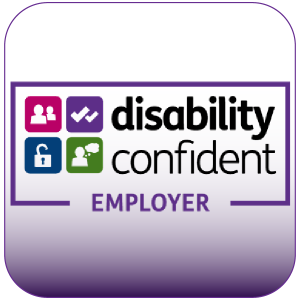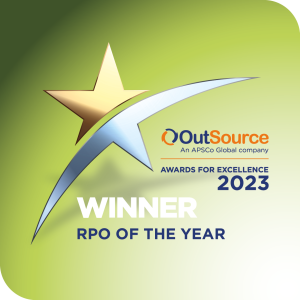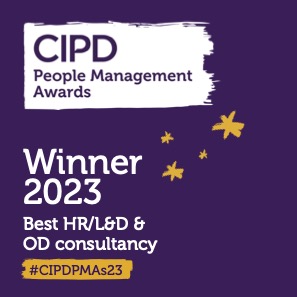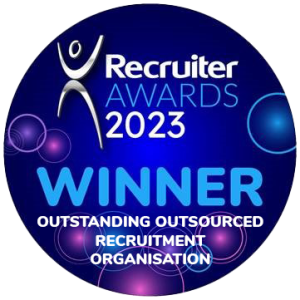The last two years have seen irrevocable changes in the talent market. Widening skills gaps, shifting candidate expectations, the ‘great resignation’ and record job openings continue to impact talent acquisition, with organisations investing heavily to secure the talent they need.
With so much money at stake, employers are increasingly exploring how their talent acquisition and HR departments measure recruiting success to demonstrate ROI. However, with masses of data available, how can hiring teams determine which metrics to focus on?
To help you get started, we’ve highlighted some of the most important metrics you should be tracking right now to ensure optimum recruitment effectiveness.
Channels
Where are your top candidates coming from? Look at statistics from your careers page, job boards, social media accounts, agencies, and other paid channels to decide which sources drive the best people and deliver ROI. With this information, you can focus resources on the channels that bring the highest quality applicants.
Number of quality applicants
Are quality job seekers interested in your roles? Analysing the number of applicants applying for each open position will help gauge whether more work is required. The number of quality applicants will depend on the type of role advertised, but if you’re getting low quality and numbers across the board, it might be time to re-examine your chosen channels, job descriptions and the content on your careers site.
Application completion rate
Are candidates dropping out at the application stage? A drop-off in the hiring process is natural but compare this to the number of applicants applying for each role to ensure the percentage isn’t too high. If a lot of candidates are leaving at this early stage, it’s worth streamlining the application process to make it less time consuming and more engaging.
Time to fill
Time to fill measures the number of days between advertising a position and hiring the right candidate. Such data will help you understand how long it takes the team to fill an open role. Of course, several variables factor into this metric, such as market conditions, the type of role, and time of year. It stands to reason that a swift process is more effective in today’s candidate-driven market, but time to fill also lets you know which roles take longer to hire for and, therefore, require additional attention, investment or resources.
Time to hire
Also referred to as time to accept, this metric hones in on the period between a candidate being approached and them accepting the role. As opposed to measuring the whole process, time to hire focuses on the performance of the recruitment team and how quickly a candidate moves through each hiring stage. It helps to identify any bottlenecks in the process so you can reduce the time to hire and secure the talent you need.
ED&I
Employers understand that building a diverse, inclusive and welcoming workforce is integral for accessing the best skills, bringing broader perspectives and boosting innovation. Despite its importance, many hiring teams still neglect to track this metric. To get started, set clear diversity hiring goals and use these as a benchmark for measuring progress. Each stage of the process should be tracked to identify areas for improvement. For example, if candidates from a diverse range of backgrounds are applying for roles but not progressing to the interview stage, there could be an issue with bias in your hiring process that needs to be tackled .
Offer acceptance rate
How many candidates accept a role when they receive an offer? A low acceptance rate (typically below 90%) could indicate issues with the process, whether that’s questions going unanswered, a poor overall candidate experience or dissatisfaction with the available salary and benefits. Obtaining candidate feedback will help identify what’s going wrong and provide an opportunity to fix it. For example, if candidates tend to opt for a competitor, it’s worth undertaking some competitor analysis and comparing this to the key benefits of joining your organisation and making sure these are communicated throughout the process.
Cost per hire
This is the key metric that springs to mind for many employers. Calculate the total cost of recruitment over the last 12 months, including internal and external expenses, and divide it by the number of recruits to establish an average cost per hire. Taking it a step further, break down the cost of each hire to determine the types of roles that cost the most to fill. While reducing cost per hire is a common aim for many organisations, other metrics may uncover areas that require additional spending and resources to make necessary improvements.
Quality of hire
Widely considered the most challenging metric to measure due to its subjectivity, quality of hire focuses on the performance of a new recruit, often within their first year at the organisation. It can take several factors into account, including adjustment time, acclimation, attrition, manager satisfaction, performance reviews and progression. Despite the challenges in measuring the quality of hire, it’s critical as getting other metrics right won’t matter if you consistently hire the wrong people.
Retention of new hires
Omni believe that recruitment starts with retention so this is probably the most crucial metric. Don’t stop measuring when they start – your job isn’t done. Its critical to analyze leavers in the first 12 weeks, 6 months and 12 months. This data will allow you to understand if any of the attraction and selection process needs refining – going right back to role design, benefits as well as the more obvious areas like onboarding and induction. Of course we know there are so many variables to retention, so a deep dive into the analysis can support the right interventions and give that RPI.
Ready to measure your recruitment success?
Through a combination of research, consultancy and best practice know-how, along with our partnership with the CIPD to develop the annual Resourcing and Talent Planning Survey, Omni has created the Resourcing Effectiveness Assessment (REA).
The REA helps organisations gain valuable insights into where they are now and identify the necessary action required to attract and retain the talent they need now and in the future. The ultimate aim is to drive the improvements that ensure a resourcing practice is directly aligned to organisational success.
To learn more about how Omni’s REA can support your organisation, get in touch with one of our consultants today. Alternatively, complete our mini REA to receive a free report that identifies your strengths and topline areas for development. Click here to start yours now.




